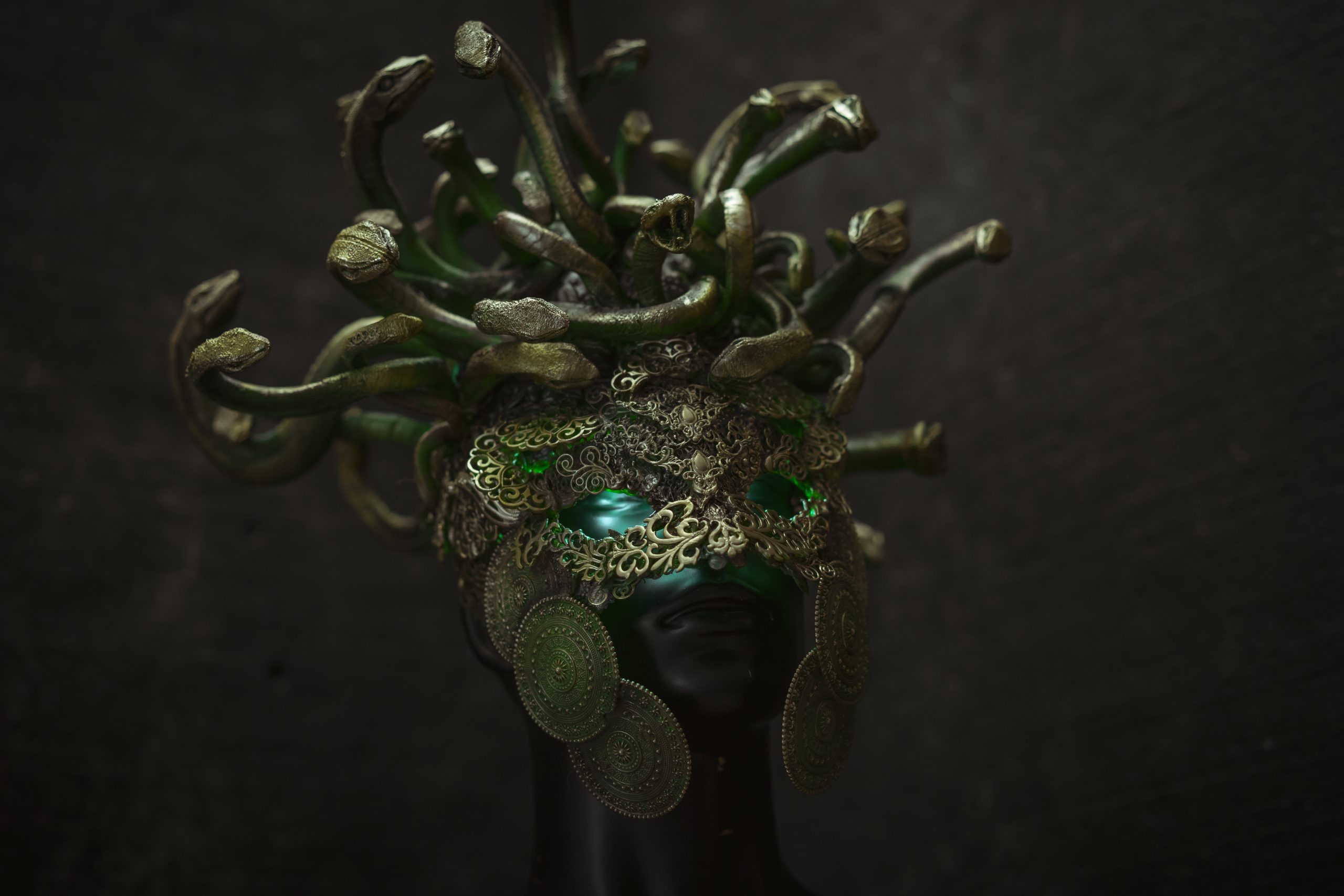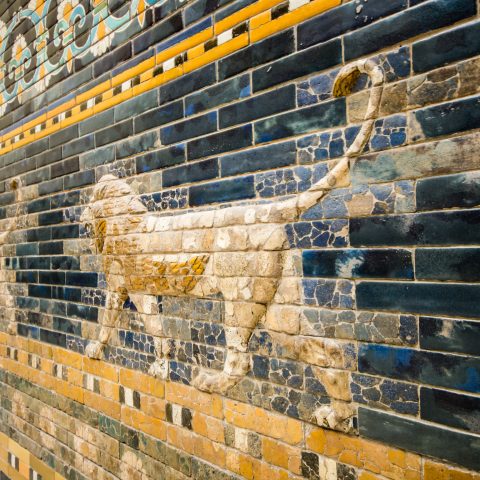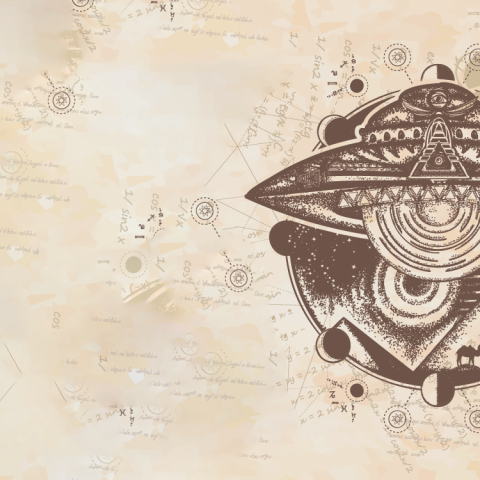Throughout human history, the snake has figured prominently as one of the oldest and most popular symbols. It is believed that snakes are symbolic of wisdom, fertility, creation, death, and rebirth.
In reality, few people realize that it may be the representation of the snake hybrid gods who ruled in ancient times.
For millennia, serpent hybrid gods have been present in human history, according to ancient alien theorists.
Through millennia, countless ancient cultures have called them different names and accorded them different statuses, but all cultures were aware of their importance.
Historically, the Nagas in India were a race of flying reptiles. According to legend, they were hybrids between humans and snakes.
It is thought that the Earth and the Sun were created by an ancient god in Africa. A pair of primitive beings named Nummo were also created in the process. It is said that these ancestral spirits originated from another planet and were immortal.
In addition, their DNA was combined with animal DNA on Earth.
Yucatan’s first inhabitants were the Chanes, or Serpent People, according to the ancient Mayan book Chilam Balam. By virtue of his esoteric knowledge, the serpent god Itzamná guided the Chanes across the sea.
The Mayans and Aztecs also worshiped flying serpents such as Quetzalcoatl, the feathered serpent. This deity is believed to have brought the knowledge of science and mathematics to the people from “afar.”
Human beings were believed to have been created by Fu Xi and Un Wa, according to Chinese legend. Their offspring were snake-like hybrids. According to legend, they contributed to the development of Chinese writing.
Egypt’s Old and Middle Kingdom periods associated the serpent with immortality and gods. In turn, snakes became symbols of royalty.
At the time of the Hyksos’ invasion and takeover of Egypt in the New Kingdom, serpents stood for the invaders and were considered evil.
Amun was also believed to be able to transform into a snake when he needed regeneration in ancient Egypt. In addition, Nehebkau, a 2-headed serpent, was the custodian of the underworld.
Serpents were symbols of a guardian spirit in Greek and Roman mythology, and they were engraved on many altars.
The snake locked in a cage in the temple of Athens was believed to be the reincarnation of Erichthonius, a king of ancient Greece. A snake was also engraved on the sanctuary of Apollo. Greek mythology also includes Medusa which has snakes instead of hair.
An early version of the Old Testament refers to the ancestors of the serpent god. This was later removed or reinterpreted as an allegory.
There is a strong association between snakes and Moses since God commanded Moses to build an idol from the head of a reptile. According to legend, Moses’ staff could transform into a snake as well.
As the Celts understood, snakes were symbols of wisdom, fertility, and immortality. Water and healing pools were often connected to them.
Jörmundgander is the serpent of Midgard in the Nordic lore. According to legend, his body engulfed the entire planet.
A snake symbolized fertility and rebirth to Native American tribes. A giant serpent-like creature known as Unhcegila, which could swallow a person whole, is mentioned in their mythology.
Native Americans also believed that the serpent, named Avanyu, brought storms to Earth.
But even in our time, and thousands of years after the first mentions of the snake, this is an important symbol; for example in Medicine.







